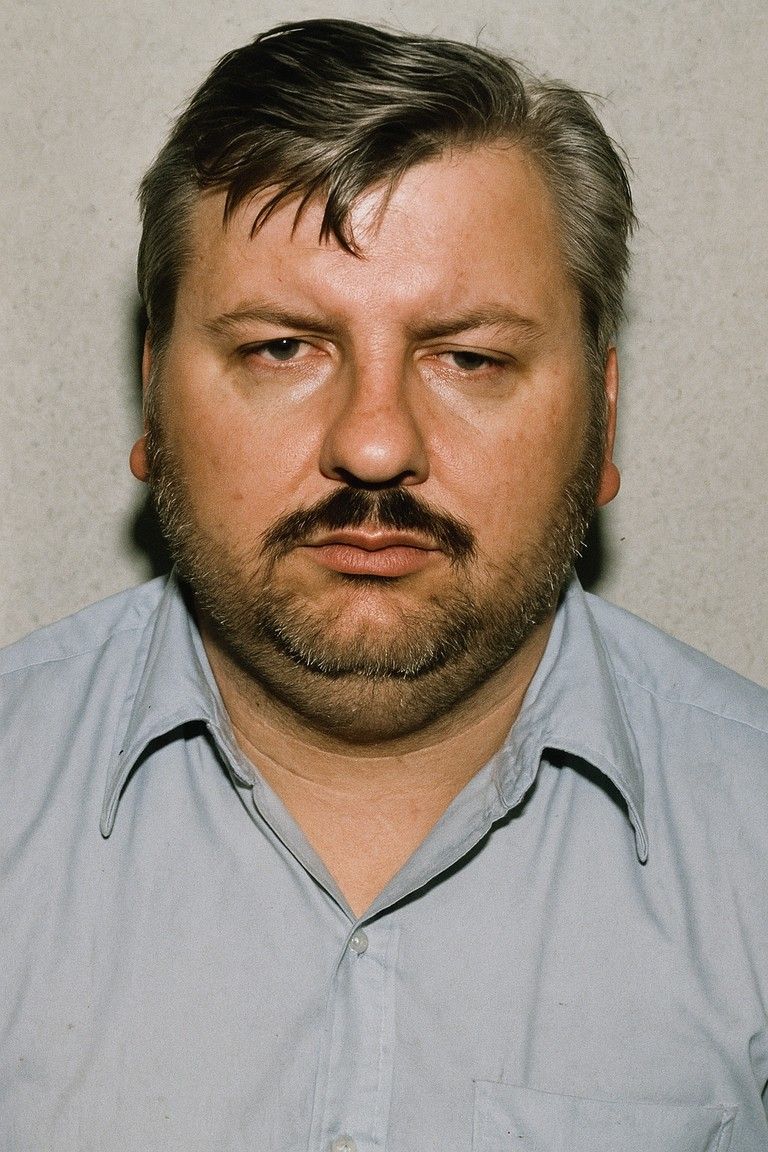




Early Life and Background of John Wayne Gacy
John Wayne Gacy is a well-known figure in American criminal history. Known for his brutal murders of at least 33 boys and young men during the 1970s, his life story remains significant for its psychological, legal, and cultural impact. Gacy became infamous as the "Killer Clown" due to his persona as "Pogo the Clown" at local events, which shocked both his community and the world.
In this article, we explore his early life, crimes, trial, and the legacy he left in the fields of criminology and public awareness.

Early Life of John Wayne Gacy
John Wayne Gacy was born on March 17, 1942, in Chicago, Illinois, USA. His early life was marked by a difficult relationship with his father, an abusive alcoholic, and a loving but passive mother. These circumstances influenced the psychological and emotional development of the young Gacy.
Gacy struggled with health problems, lacked close friends in childhood, and often sought approval from authority figures. These early challenges, combined with strict discipline at home, played a role in shaping his personality and behavior.
Career and Achievements
John Wayne Gacy gained recognition—albeit notoriety—through a series of events in adulthood:
- Acquired the "Killer Clown" reputation by performing as "Pogo the Clown" at charity events and parties
- Ran successful small businesses in Chicago and became active in local community affairs
- His criminal actions and eventual conviction led to groundbreaking law enforcement methods in serial killer investigations
Key Events in John Wayne Gacy’s Life
| Year | Event | Significance |
|---|---|---|
| 1942 | Birth | Born in Chicago, Illinois |
| 1972–1978 | Murders | Killed 33 confirmed victims, shocking the nation |
| 1978 | Arrested | Investigation led to his capture and confession |
| 1980 | Conviction | Found guilty of murder and sentenced to death |
| 1994 | Execution | Executed by lethal injection; enduring public infamy |
Personal Life and Public Image
John Wayne Gacy presented himself as a friendly, engaged member of society. He was twice married and active in Chicago’s Democratic Party, even meeting the First Lady, Rosalynn Carter, at a public event.
His double life—community volunteer by day and serial killer by night—disturbed the public enormously. The clown persona he used at children’s parties became a central, haunting image in media coverage and cultural references.
Legacy of John Wayne Gacy
John Wayne Gacy continues to influence others through:
- Pioneering criminal profiling and investigation techniques used by law enforcement for serial crimes
- Ongoing discussions in psychology and criminology about behavioral warning signs and prevention
- Media adaptations and pop culture, including documentaries, movies, and debates about the death penalty
This biography highlighted the journey and influence of John Wayne Gacy. His crimes remain a cautionary tale and a subject of study in criminal psychology and law enforcement.
Learn more about historical and modern-day personalities on Vedantu’s platform.
- For a comparative perspective on notorious criminals, see the Charles Manson biography, Ted Bundy biography, and Richard Ramirez biography.
- To understand psychological theories behind criminal behavior, visit the Sigmund Freud biography.
- Read about positive role models in history on the Swami Vivekananda biography page.
FAQs on Who is John Wayne Gacy? Biography and Notorious Crimes
1. Why is John Wayne Gacy famous?
2. What was John Wayne Gacy’s last meal?
3. Did John Wayne Gacy paint while in prison?
4. Who were John Wayne Gacy’s victims?
5. What were John Wayne Gacy’s last words?
6. What is the significance of the "Killer Clown" moniker in relation to John Wayne Gacy?
7. What was John Wayne Gacy’s childhood like?
8. How did John Wayne Gacy's crimes impact the legal system?
9. What is the cultural impact of the John Wayne Gacy case?
10. What role did psychological profiling play in the investigation of John Wayne Gacy?
11. What were some of the key legal proceedings in the John Wayne Gacy case?





















